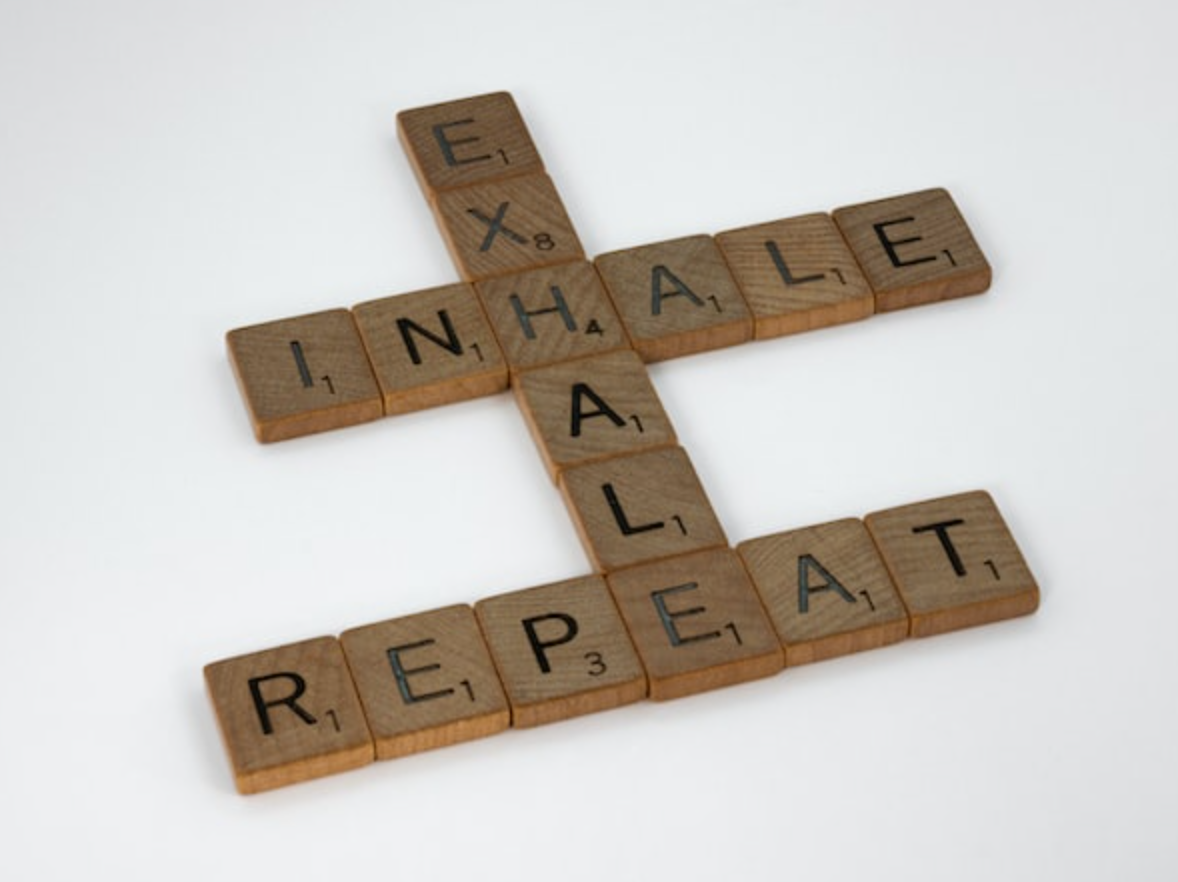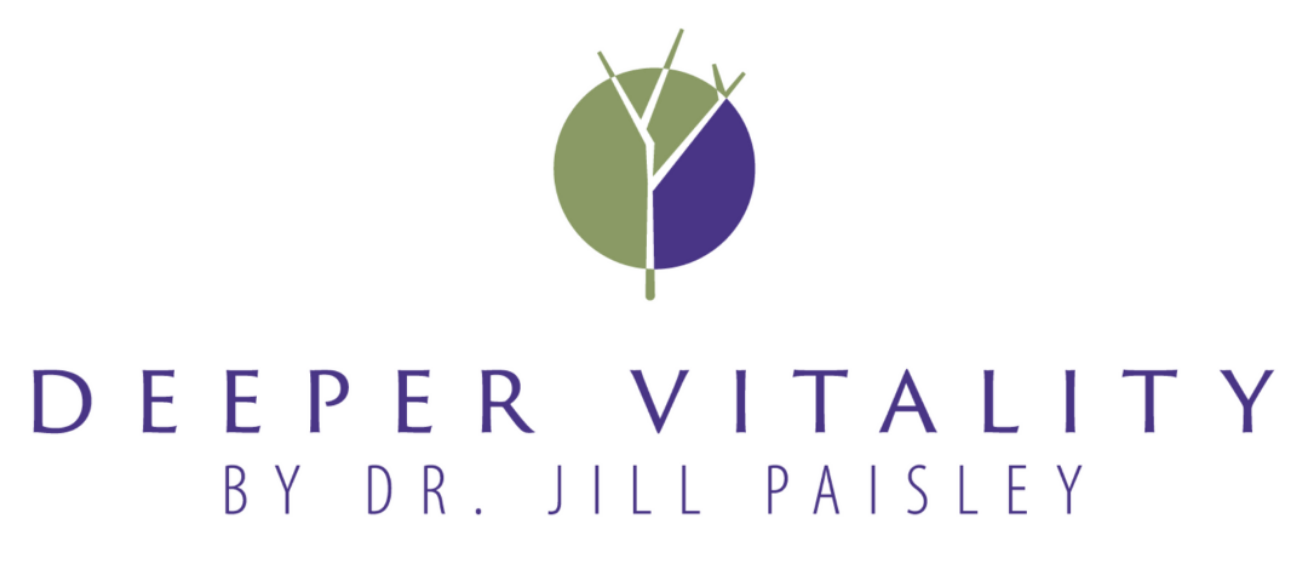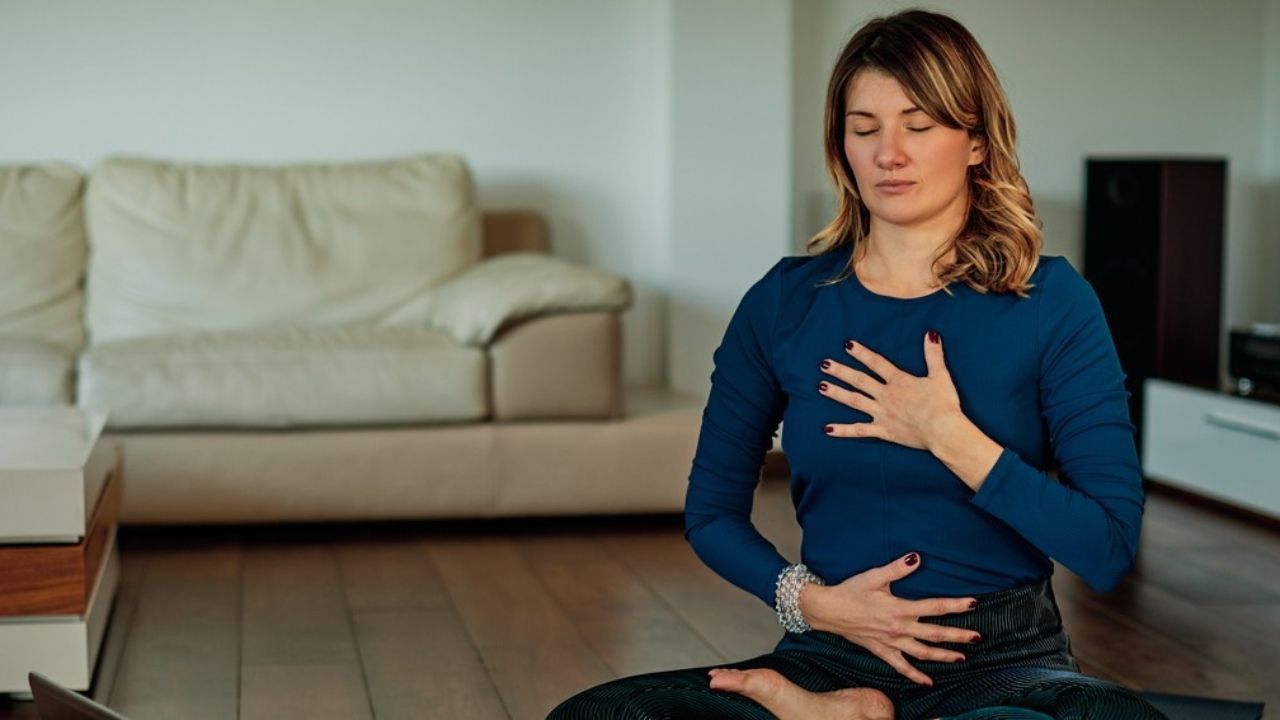Heal Your Body, Mind, and Spirit with Self-Healing

What Is Self-Healing?
Self-healing is the process of recovering from health issues.
Self-healing typically involves healing from emotional health problems, but it can also help you heal from physical health issues. Although the term "self-healing" isn't generally used in psychology, the process of healing from common mental health concerns like trauma, depression, and stress has been extensively studied.
So, how do you know if self-healing is right for you?
Maybe you've recently experienced career challenges that left you feeling stressed, or you're dealing with physical health issues. Self-healing can be a transformative experience for your mind, body, and soul.
It's something you can do when you're sick, well, or somewhere in between.
Self-healing might seem intimidating, but it's possible to heal yourself from wide-ranging physical and psychological issues. Whether you're healing from trauma, diving into spirituality, or looking to alleviate physical issues, healing can open new doors to self-discovery and self-exploration.
Here's everything you need to know to start the process of self-healing.
What is self-healing?
Simply put, self-healing is the process of healing yourself from physical or psychological health issues. In practice, self-healing utilizes tools to help your internal systems function better, heal faster, and recover on a deeper level.
During the self-healing process, you'll learn how to tune in to the needs of your body, mind, spirit, and soul so you can make smart choices—from eating a balanced diet and getting enough sleep to listening to your own intuition and leaving negative energy behind.
Whether you're recovering from mental health challenges or physical health issues, self-healing tools can help you achieve mental, physical, or spiritual wellness. Throughout the recovery process, you'll focus on peace, harmony, and love to eliminate distractions, accept your situation, and start healing.
Being able to have the ability to heal yourself with the right techniques is the most empowering experience you can have. Being able to look within to heal, instead of looking to others for healing is powerful!
Why is self-healing important?
Sometimes, physical and mental health issues can wreak havoc on your overall health. Mental health and physical health are closely intertwined, and research consistently contradicts traditional thinking surrounding mental health issues. Truth is, most health issues aren't purely physical or psychological—they affect your whole body.
That's where self-healing can transform your wellness. Eastern and ancient medical models have practiced integrated approaches to healing for thousands of years. Chances are, you've witnessed your body's own ability to heal itself from small cuts. It's easy to think "this will heal itself" when you're dealing with a physical health issue, but your body is capable of so much more.
When you tune in to your body with the intention to heal, you can improve your physical, mental, emotional, and spiritual well-being.
Even if you're not dealing with intense physical or psychological issues, self-healing can be a helpful skill in everyday life. After all, we've all struggled with baggage from past emotional or physical challenges, and we can all benefit from self-healing tools. Self-healing can help with wide-ranging issues, including:
- Chronic pain
- Stress
- Anxiety and depression
- Trauma (physical and emotional)
- Grief
- Old beliefs/old stories
5 Ways to Practice Self-Healing
Starting the self-healing process can feel overwhelming, but it doesn't have to be. It's important to heal at your own pace and remind yourself that recovery isn't always linear. It's completely normal (and expected) to face some bumps along the way—it's an inevitable part of the process.
When you're ready to dedicate time and effort to self-healing practices, here are some realistic ways to incorporate self-healing into your everyday life.
That said, self-healing typically offers greater benefits to self-motivated people. When you take time to practice self-healing in your daily life, you'll reap the benefits of holistic wellness. It takes time, effort, and dedication to build a new skill—and self-healing is no different. In other words, you'll need to dedicate effort to the self-healing process before you start seeing results.
1. Clear your mind daily.
Meditation is free and therapeutic, and daily meditation practices can transform your perspective during the self-healing process. This can be in the form of simple mindful thinking in a dark room, morning meditation in bed, or quick guided meditation exercises at the office. If you're not sure where to start, try following guided meditation apps to live a stress-free lifestyle.
If you're new to meditation, try starting with five minutes of morning meditation each day. Morning meditation can help you keep your inner peace and build resilience. It's an amazing tool to prepare yourself for the day ahead, and research even shows that regular meditation can rewire the resting brain in favor of more positive thoughts and emotions.
Dedicating effort toward morning meditation can help you tune in to your body, mind, and spirit. And remember: If you're just starting, it's not always realistic to quiet your mind right away. Instead of fighting your thoughts, let them flow without giving them too much attention. Invite them in, notice them, and let them leave. In today’s world with all the craziness and chaos, meditation is hard and can take some time to master. We call it a practice, because as you practice, it does get easier. You will notice that on some days it seems to come more naturally and other days it just seems impossible to fine a quiet space in your mind.
2. Explore breathwork.
With regular practice, breathwork can be an incredibly powerful healing tool. It's an active meditation technique that uses breath to eliminate negative emotional energy from your body. It's one of the best ways to emotionally detox, especially if you're holding emotional baggage from a traumatic experience. You can use it daily to energize your body, improve your mood, and connect with your body on a deeper level.
With some forms of breathwork, you can practice it wherever you want—in the garden, in the office, or even in front of the TV. Once you tap into your body and find space between inhaling and exhaling, you might even feel some vibrations as your energy starts flowing.
If you're new to breathwork, try starting with the traditional 4-7-8 breathing method. To start, breathe in through your nose for four seconds, hold your breath for seven seconds, and exhale out of your mouth for eight seconds. After you've got the pattern down, repeat this sequence at least four times. This type of breathing is a focus style breathing to help calm the mind and relax the body.
As you inhale, imagine the grounded energy of the earth flowing through your body. Then, hold your breath, harnessing the air in the center of your body. As you exhale through your mouth, imagine the negative energy coming out of your body.
If you are new to breathwork, there are many other types of breathing you can explore, like the style I teach, called conscious connected breathing. This type of breathwork therapy means that you inhale and exhale without taking a pause. All the work is done during the inhale and the exhale is a relaxed surrender. This style of breathing helps the body to heal itself without even having the knowledge of what you need to heal. The body has an innate ability to heal if you give it the proper input and breath is the input that can heal you. You can do this on your own or with a guided experience and is generally done to music with some emotion in the music.
3. Connect with nature.
Mindfulness involves drawing your attention to the present moment. It's a free, easy, powerful tool that you can use anywhere, anytime—and it's a surprisingly useful way to heal yourself from chronic pain, high stress levels, constant feelings of anxiety, and other health concerns.
To be more mindful, immerse yourself in nature. Remind yourself to take deep breaths throughout your meditation walk. As you progress, your movement and breath will sync up with each other, and you'll notice a greater sense of calmness and clarity.
Stretching your legs can also help stretch your mind. If you're prone to anxiety, consider using a guided meditation app to calm your thoughts. Walking near nature also helps keep your pressures in perspective, reminding yourself that there's a bigger world out there beyond whatever is causing you stress.
There is a name for getting out into nature and putting your hands or feet into the dirt, it is called earthing. The earth actually helps us to feel more grounded!
4. Try your hand at automatic writing.
Automatic writing can help you tune in to your body and make the most of your self-healing process. We live in a culture of "should," and your daily routine can distract you from listening to your own intuition about what you really need. Automatic writing can help you access your intuition so you can make the best choices for your body, mind, soul, and spirit.
To practice automatic writing, grab a fresh piece of paper and a pen.
Then, think of one area of your life that you'd like some guidance on. For example, if you're navigating relationship problems, you might focus on your relationship during your next automatic writing exercise. Write your question at the top of the page, close your eyes, and take a few deep breaths. Think about your question and start writing whatever comes to mind. Don't edit, judge, or question your writing—just keep going until you're done.
5. Break out of your daily routine.
You can eat a balanced diet, get regular exercise, and practice regular meditation, but when something weighs heavy on the heart, you might feel like something isn't quite right. True wellness happens when your mind, body, soul, and spirit all work in harmony to create the life you desire.
When any emotional or physical health issues interrupt your wellness, they can be pervasive. Left ignored, these issues can seep into every aspect of your life, from your relationships to your career.
When you're facing emotional distress, it's normal to feel like you're all alone—but that couldn't be further from the truth. Support is available, and healing retreats can provide invaluable guidance and self-discovery. Through a healing retreat, you can gain fresh new insights and perspectives to overcome the emotional blocks in your life.
In turn, you'll open the doors for self-healing so you can start living the life you deserve.
Start Your Self-Healing Journey
Your healing journey starts with self-exploration and supportive guidance. When you're ready to start living the life you deserve, Dr. Jill Paisley can help you live a pain-free life with compassionate one-on-one healing sessions. Dr. Jill offers both in-person and virtual sessions so you can practice self-healing and self-discovery from the comfort of your own home.
Ready to take the first step toward holistic wellness with self-healing?
Work directly with Dr. Jill to start exploring a pain-free life. Receive the free eBook 5 Steps Closer To A Doctor Free Me here!








